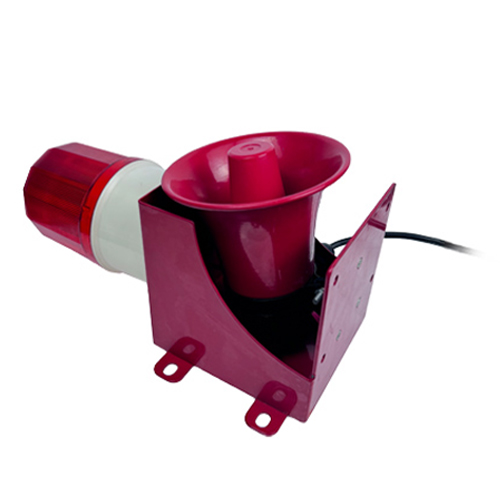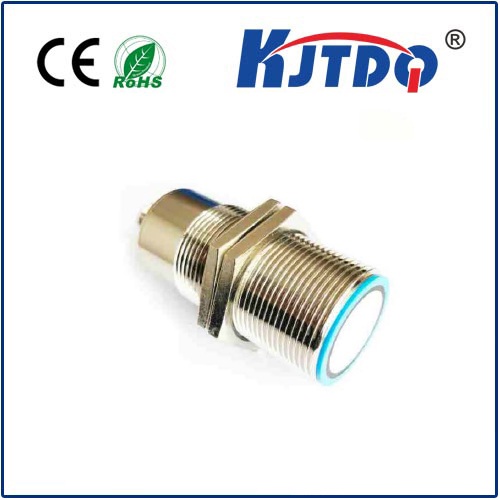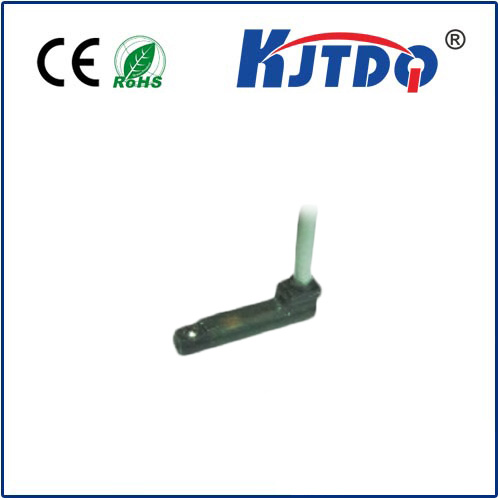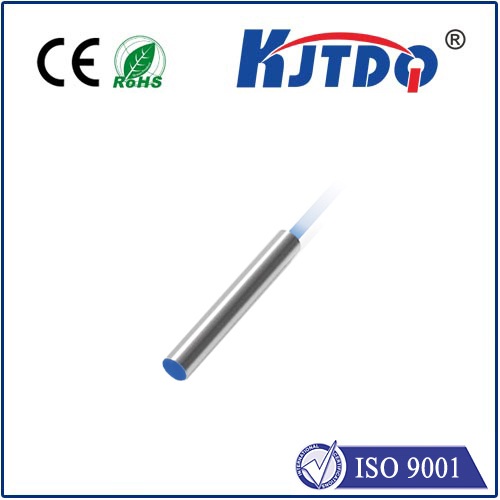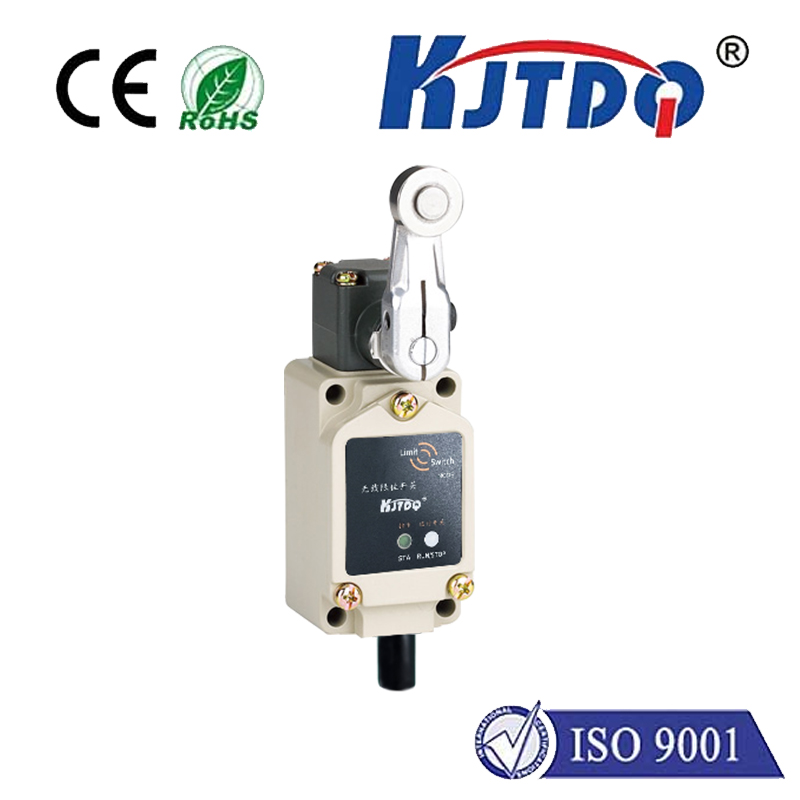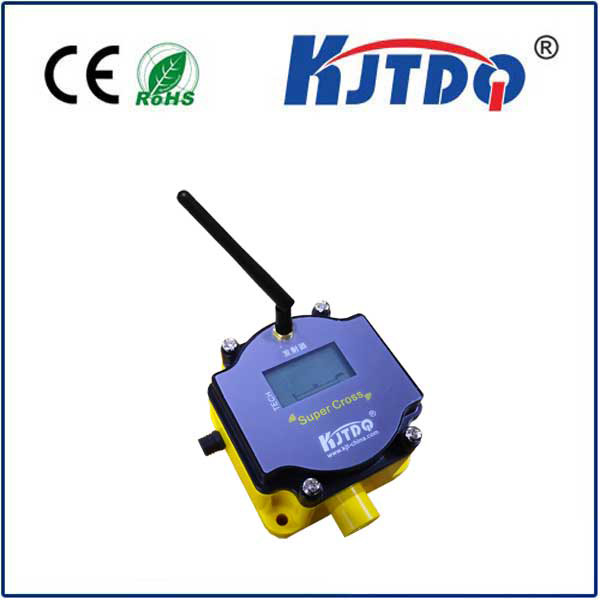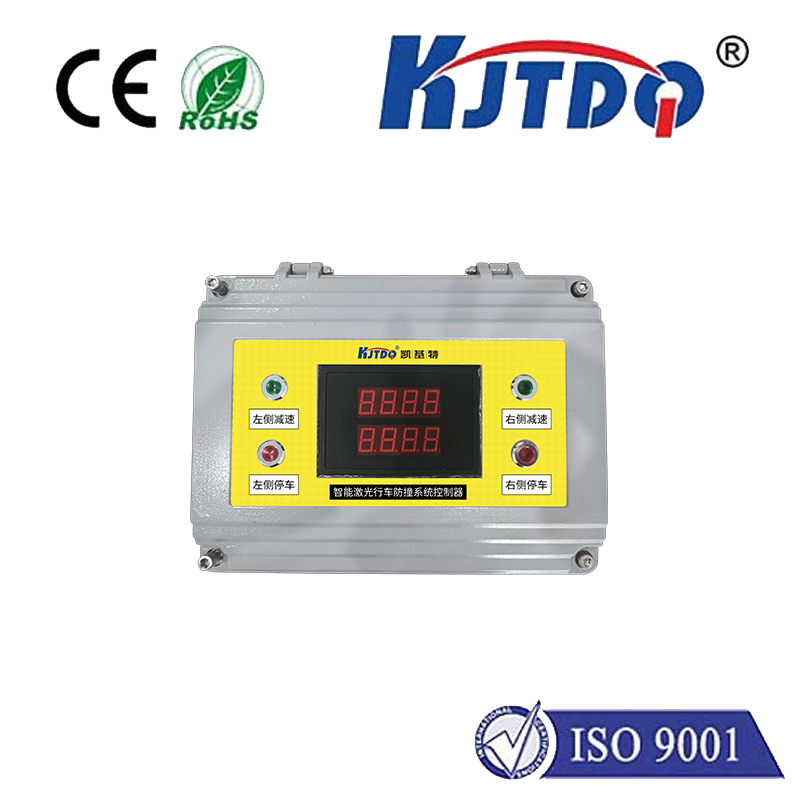photoelectric sensor diffuse
- time:2025-09-11 00:21:17
- Click:0
The Versatile Workhorse: Unpacking the Power of Diffuse Photoelectric Sensors
Ever struggled to detect an object reliably when there’s no space for a reflector or a separate receiver? From bustling assembly lines monitoring product flow to automated warehouse shuttle systems sensing occupancy, industrial automation hinges on reliable object detection. When precision, compactness, and flexibility are paramount, one sensor type consistently rises to the challenge: the diffuse photoelectric sensor. Often dubbed the “workhorse” of photoelectric sensing, this ingenious device offers a unique blend of simplicity and capability. But how exactly does it work, and why is it such a popular choice? Understanding the diffuse mode is key to unlocking efficient automation solutions.
Unlike its cousins – the through-beam sensor (requiring a separate transmitter and receiver) and the retro-reflective sensor (relying on a reflector) – the diffuse photoelectric sensor operates as a single, self-contained unit. It combines both the light emitter (typically an LED) and the receiver (a phototransistor or photodiode) within one housing. The fundamental principle is surprisingly straightforward:
- Emission: The sensor projects a beam of modulated light (usually infrared, red, or laser) directly towards the target area.
- Diffuse Reflection: When this light beam strikes an object within its detection range, a portion of the light is scattered and reflected back towards the sensor in various directions. This phenomenon is known as diffuse reflection.
- Reception: The receiver, located within the same housing as the emitter, detects the intensity of this reflected light.
- Evaluation & Output: The sensor’s internal circuitry evaluates the strength of the received light signal. If the reflected light intensity exceeds a predefined threshold (indicating the presence of an object sufficiently close and reflective), the sensor triggers its output switch (e.g., turns ON or OFF depending on configuration).
This self-contained method of detecting objects via diffuse reflection provides significant advantages:

- Simplified Installation: Requiring only one device to mount and wire drastically reduces installation time, complexity, and cost compared to solutions needing separate components or reflectors. There’s no alignment hassle with reflectors or separate receivers across a conveyor or machine frame.
- Compact Design: Combining emitter and receiver in one housing makes diffuse photoelectric sensors inherently more compact. This is a critical advantage in applications with severe space constraints.
- Cost Efficiency: Generally, they offer the most economical solution among photoelectric types due to the single-unit design and simpler installation requirements.
- Suitability for Diverse Targets: They excel at detecting solid objects with non-glossy, matte, or diffuse surfaces that effectively scatter light back towards the receiver. Think cardboard boxes, wood blocks, plastic parts, food products, or opaque liquids.
However, understanding the limitations is equally crucial for effective application:
- Detection Range Sensitivity: The effective operating range is heavily dependent on the target object’s size, color, surface texture, and reflectivity. Light-colored, highly reflective targets can be detected from farther away than dark, matte, or low-reflective targets.
- Background Interference: Objects or surfaces behind the intended target can also reflect light back to the receiver if they are within the sensor’s beam path. This can cause false triggers if the background object moves or changes reflectivity.
- Color Sensitivity: Significant changes in target color or reflectivity can alter detection performance and may require re-adjustment or selection of sensor variants designed for color mark detection.
- Shorter Range: Compared to through-beam sensors, diffuse sensors typically offer shorter maximum sensing distances for equivalent target characteristics.
Thankfully, technology advancements have led to specialized variants of diffuse photoelectric sensors that overcome some traditional limitations:
- Background Suppression (BGS) Sensors: These sensors represent a major leap forward. They utilize sophisticated optics and triangulation principles to literally “look” at the angle of the reflected light. They can distinguish between light reflected from a very close object and light reflected from a more distant background surface. This makes them highly resistant to background interference and much less sensitive to the target’s color or reflectivity. They reliably detect dark objects even against light backgrounds.
- Fixed-Field Sensors: Configured to detect targets only within a very narrow, preset distance range, ignoring reflections from objects outside this specific “field”.
- Diffuse Sensors with Teach Function: Allow automated adjustment of sensitivity thresholds by presenting the sensor with the target object.
- Laser Diffuse Sensors: Utilize a focused laser beam, enabling detection of very small objects, precise positioning, and longer ranges for diffuse sensing applications.
Where does this diffuse photoelectric sensor versatility shine?
- Conveyor Systems: Detecting the presence, absence, or count of packages, boxes, bottles, and products as they move along a line. Ideal for jam detection or controlling sorting gates.
- Object Presence Verification: Confirming components are loaded in fixtures, pallets are positioned correctly, or workpieces are in place before a machine cycle starts.
- Material Handling: Monitoring the level of bins, hoppers, or stacks of materials (like sheets, blocks, or pallets). Detecting the end of a roll in packaging machinery.
- Machine Safety: Used as simple safeguarding devices for presence detection in non-critical zones (e.g., ensuring hands are clear before a press closes – though dedicated safety devices are required for critical guarding).
- Assembly Automation: Verifying component placement, detecting assembly errors, or triggering the next station. Background Suppression models are perfect for detecting dark components against potentially varying backgrounds.
- Label Detection: Detecting the presence or absence of labels on products or packaging, especially using precise laser diffuse types.
Selecting the Right Diffuse Sensor:
Choosing the optimal diffuse photoelectric sensor requires careful consideration:
- Target Characteristics: What are you detecting? Material, color, surface finish, and size are paramount. Is it small or large? Dark plastic or shiny metal? Matte cardboard or glossy label?
- Required Sensing Distance: How far away will the object typically be? Remember that range is heavily influenced by target properties, especially for standard diffuse types.
- Installation Environment: Are there space limitations? Exposure to dust, moisture, vibration, or temperature extremes? Consider the sensor’s housing type (cylindrical, block style) and IP rating.
- Background Conditions: Is there potential for interfering surfaces behind the target? If so, a Background Suppression (BGS) sensor is often essential.
- Required Precision: Do you need to detect small objects or require exact positioning? Laser diffuse or fixed-field sensors might be necessary.
- Output Type: Does your application require a simple digital output (PNP/NPN transistor, relay), or something more complex like IO-Link for digital communication and diagnostics?
The diffuse photoelectric sensor, particularly its advanced background suppression variant, remains an indispensable tool in the automation engineer’s arsenal. Its balance of simplicity, cost-effectiveness, and adaptability ensures it will continue to provide reliable non-contact object detection across a staggering array of industrial scenarios. By understanding its core principle and carefully matching its capabilities to the application requirements, engineers can harness this versatile technology to build more robust and efficient automated systems.






